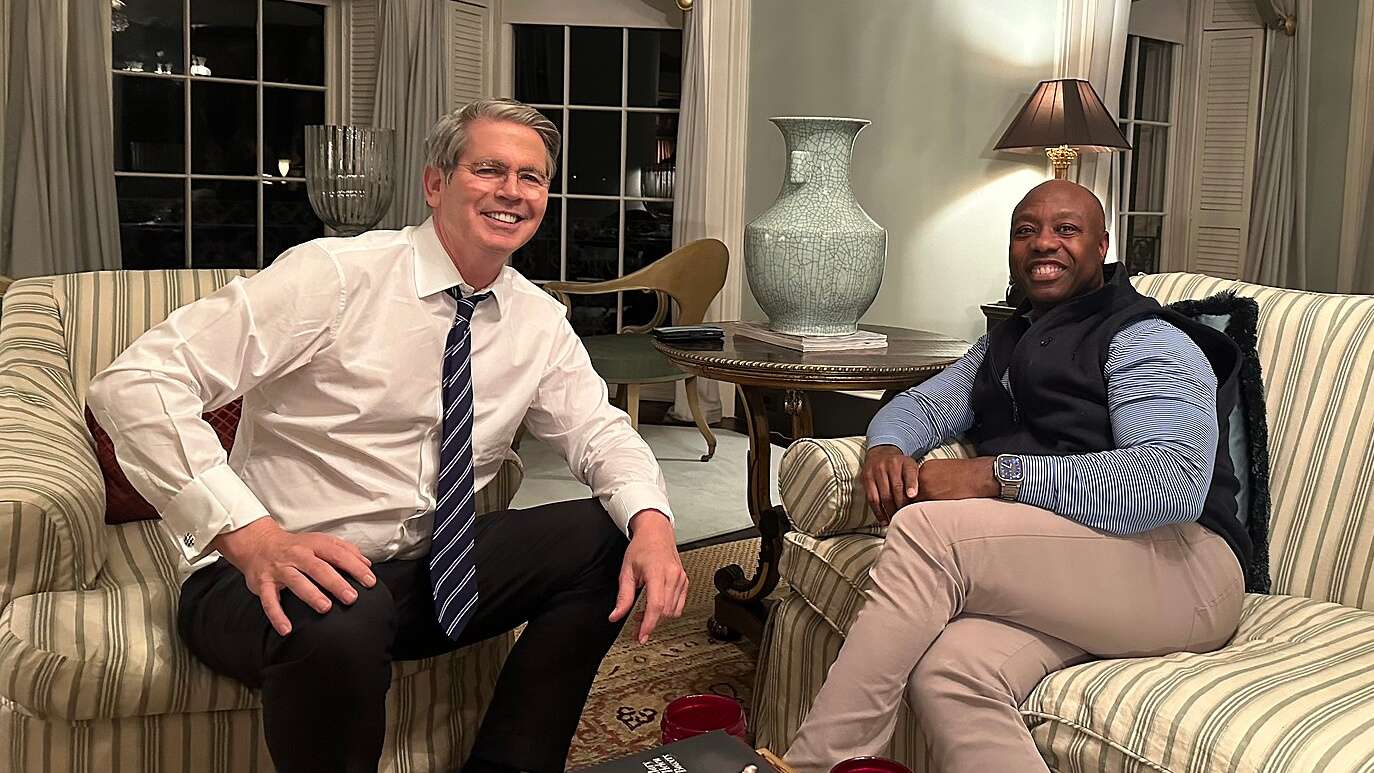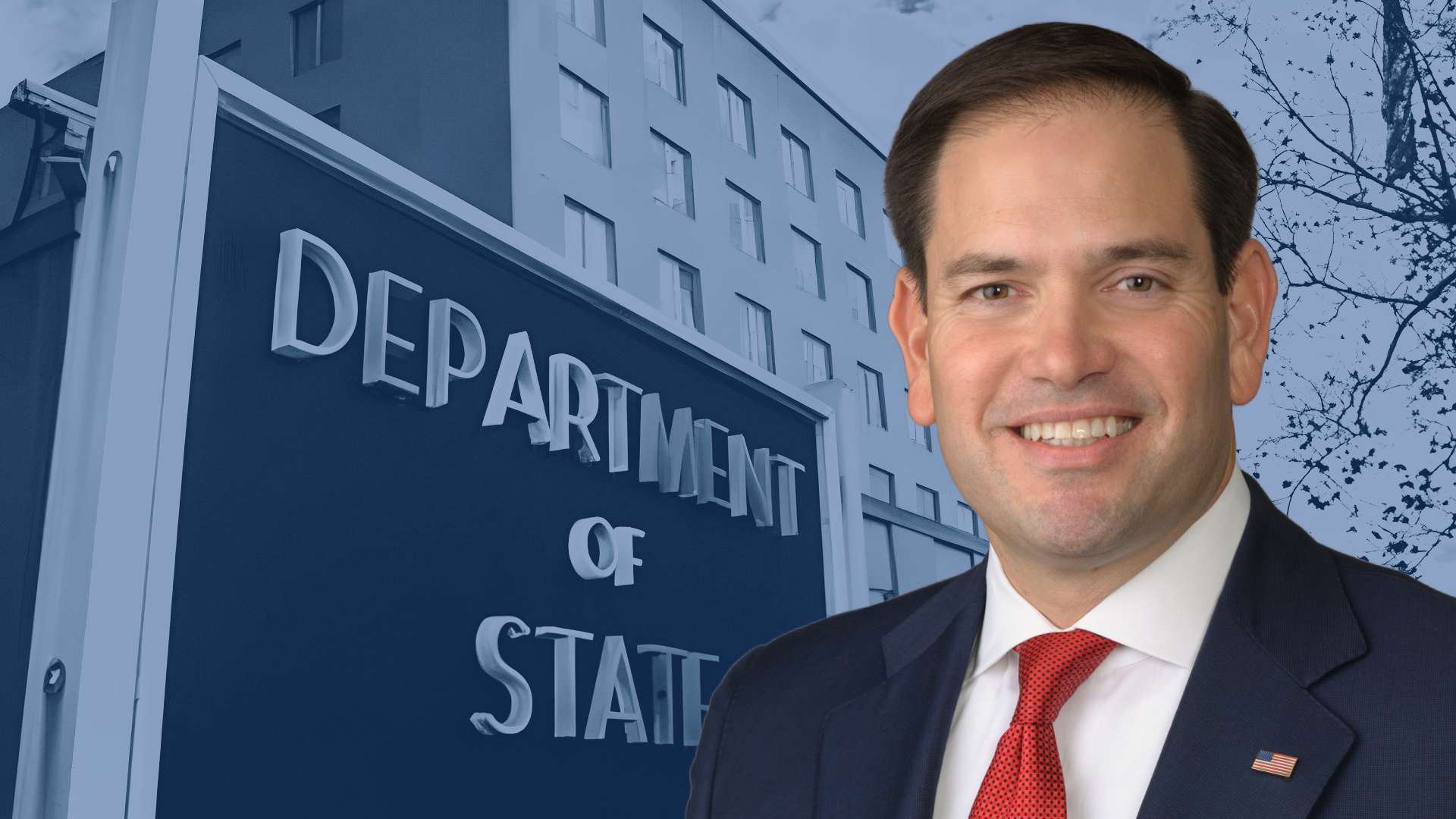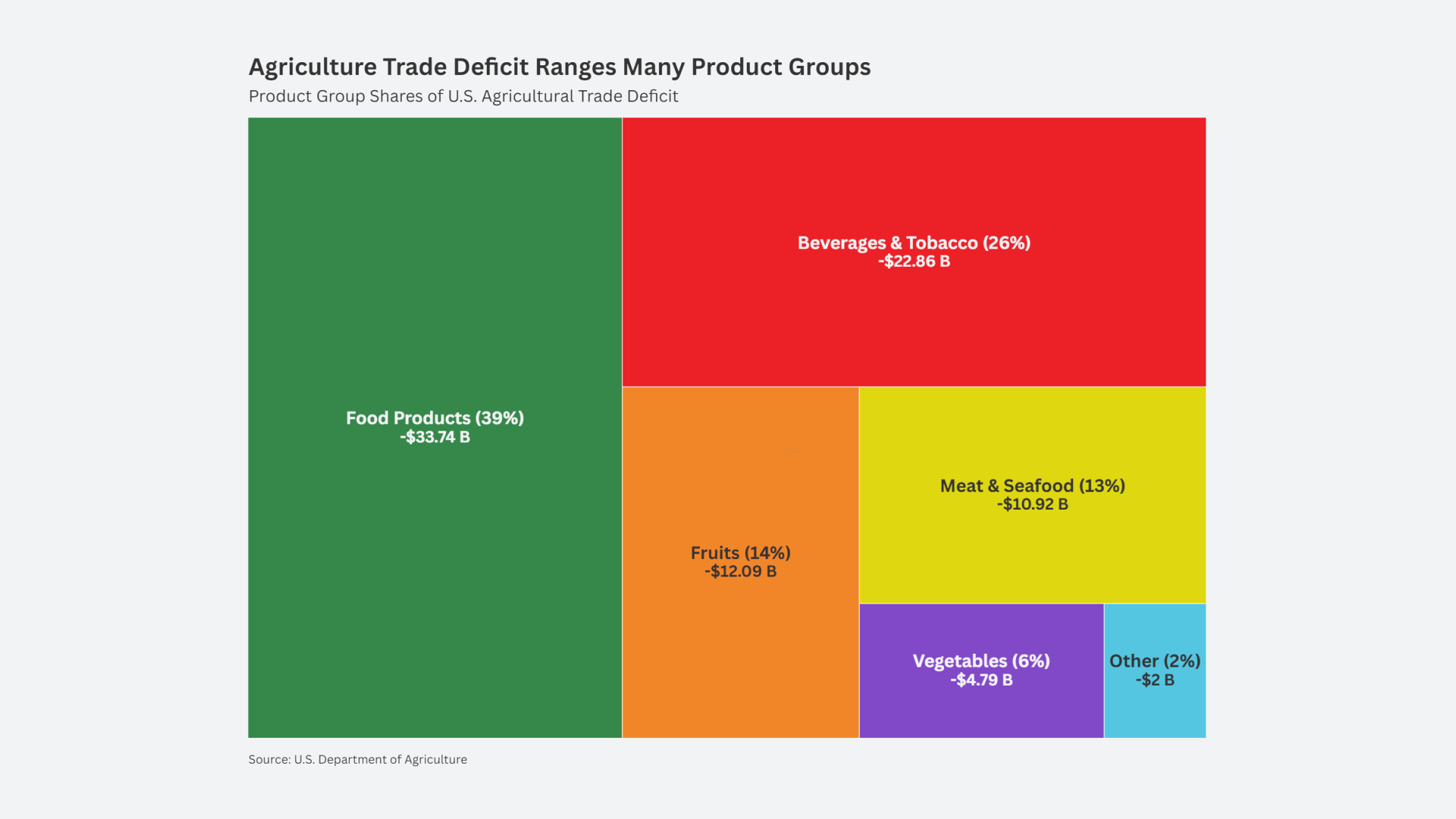
Passionate defenders of the “global rules-based trading system” should be wary of thinking their views are more informed than President Trump’s. He has been branded a protectionist and thus many conclude he is incapable of exercising world leadership. Meanwhile, those who embrace the virtues of global free trade disregard the fact that the “rules” are not working for many American workers and companies.
[Judy Shelton| February 13, 2017 |Wall Street Journal]
Certainly the rules regarding international exchange-rate arrangements are not working. Monetary integrity was the key to making Bretton Woods institutions work when they were created after World War II to prevent future breakdowns in world order due to trade. The international monetary system, devised in 1944, was based on fixed exchange rates linked to a gold-convertible dollar.
No such system exists today. And no real leader can aspire to champion both the logic and the morality of free trade without confronting the practice that undermines both: currency manipulation.
When governments manipulate exchange rates to affect currency markets, they undermine the honest efforts of countries that wish to compete fairly in the global marketplace. Supply and demand are distorted by artificial prices conveyed through contrived exchange rates. Businesses fail as legitimately earned profits become currency losses.
It is no wonder that appeals to free trade prompt cynicism among those who realize the game is rigged against them. Opposing the Trans-Pacific Partnership in June 2015, Rep. Debbie Dingell (D., Mich.) explained: “We can compete with anybody in the world. We build the best product. But we can’t compete with the Bank of Japan or the Japanese government.”
In other words, central banks provide useful cover for currency manipulation. Japan’s answer to the charge that it manipulates its currency for trade purposes is that movements in the exchange rate are driven by monetary policy aimed at domestic inflation and employment objectives. But there’s no denying that one of the primary “arrows” of Japan’s economic strategy under Prime Minister Shinzo Abe, starting in late 2012, was to use radical quantitative easing to boost the “competitiveness” of Japan’s exports. Over the next three years, the yen fell against the U.S. dollar by some 40%.
Last April, U.S. Treasury Secretary Jacob Lew cautioned Japan against using currency depreciation to gain a trade advantage and he placed the country on a “monitoring list” of potential currency manipulators. But in response, Japanese Finance Minister Taro Aso threatened to raise the bar, saying he was “prepared to undertake intervention” in the foreign-exchange market.
China has long been intervening directly in the foreign-exchange market to manipulate the value of its currency. The People’s Bank of China announces a daily midpoint for the acceptable exchange rate between the yuan and the dollar, and then does not allow its currency to move more than 2% from the target price. When the value of the yuan starts to edge higher than the desired exchange rate, China’s government buys dollars to push it back down. When the yuan starts to drift lower than the desired rate, it sells off dollar reserves to buy back its own currency.
China’s government has reserves that amount to nearly $3 trillion. According to Mr. Lew, the U.S. should mute its criticism because China has spent nearly $1 trillion to cushion the yuan’s fall over the last 2½ years or so. In a veiled reproach to Mr. Trump’s intention to label China a currency manipulator, Mr. Lew said it was “analytically dangerous” to equate China’s current intervention policies with its earlier efforts to devalue its currency for purposes of gaining a trade advantage. China, he noted, would only be open to criticism that is “intellectually sound.”
Whether China is propping up exchange rates or holding them down, manipulation is manipulation and should not be overlooked. To be intellectually consistent, one must acknowledge that the distortions induced by government intervention in the foreign-exchange market affect both trade and capital flows. A country that props up the value of its currency against the dollar may have strategic goals for investing in U.S. assets.
The notion that free trade should be based on stable exchange rates so that goods and capital flow in accordance with free-market principles has been abandoned by technocrat elitists who simultaneously extol the benefits of globalization. But it makes no sense to devote hundreds of pages to carefully constructed trade terms that ratchet down tariffs a few percentage points when currency movements can wipe them out in a matter of days.
Mr. Trump is taking the right first step to address this issue by questioning why there aren’t adequate rules in place to keep countries from manipulating their exchange rates.
The next step is to establish a universal set of rules based on monetary sovereignty and discipline that would allow nations to voluntarily participate in a trade agreement that did not permit them to undermine true competition by manipulating exchange rates.
Mr. Trump’s penchant for identifying core problems and taking bold actions to resolve them is encouraging. He would do well to take the next step for the sake of free trade and to establish a system that ensures stable exchange rates.













